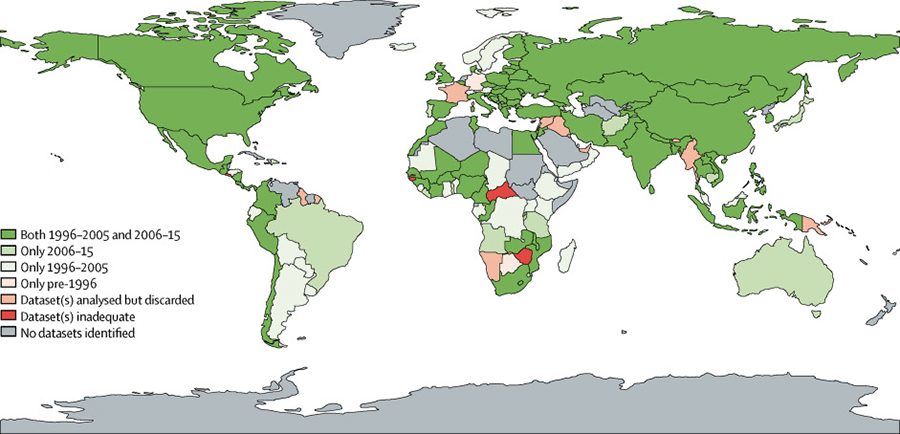By: Ben Deighton
Send to a friend
The details you provide on this page will not be used to send unsolicited email, and will not be sold to a 3rd party. See privacy policy.
The scale of the task is immense: at least half the world’s population still lacks access to essential health services, according to the 2017 World Bank/WHO report monitoring progress on universal health care.
This year, World Health Day has been dedicated to furthering the provision of universal health coverage (UHC).
Sustainable Development Goal (SDG) 3.8 breaks this down into two elements: providing essential health services such as treatment for disease and health checks, and ensuring that when illness strikes, it doesn’t destroy family finances.
To achieve this, we first need to know where we stand. Only by collecting accurate data can this huge global effort focus its attention where it’s needed.
To monitor health services, countries have developed a UHC service coverage index which combines indicators such as the number of antenatal visits, vaccination levels and blood pressure.
The problem is that patient recollections and some medical records can be unreliable sources of data. According to the World Bank/WHO report, much of the data comes from household surveys, which can only monitor a handful of easy-to-check conditions.
As a result, the provision of services for conditions such as mental health or lifestyle-related diseases such as diabetes and hypertension are hard to monitor.
Due to the indirect measure that some of these indicators offer, reliability also depends on the way the data is collected. Different collection methods can mean countries climbing the world UHC rankings by up to 20 positions, according to a paper published in The Lancet.
Yet the financial security provision of SDG 3.8 is also vital to achieving universal health coverage — and here the data is even murkier.
It’s a pressing issue. ‘Catastrophic’ spending on healthcare — defined by the WHO as hospital bills that cost more than 10 per cent of overall household expenditure — is still on the rise.
As part of their report, the WHO and the World Bank have assembled the largest database on financial protection ever developed, which included over 1,500 household surveys.
It shows that the region with the fastest growth in this catastrophic healthcare spending is Africa, where the number of families needing to spend 10 per cent of their income on medical bills is rising at almost 6 per cent per year.
Yet it’s in Africa where the biggest data holes exist. For this survey, there was no useable data at all from Algeria, Libya, Somalia, South Sudan and Sudan.

Data availability for catastrophic health expenditure, by country (Source: The Lancet).
According to the report, the only way to measure this variable is a process called “lining up”, a method that involves estimating levels of catastrophic healthcare spending in some countries based on extrapolation from other countries.
And that leaves policymakers clutching at straws as they struggle to find the right approach to turn the tide on devastating healthcare payments, and open the door to healthcare for all.
Ben Deighton is Managing Editor of SciDev.Net.


